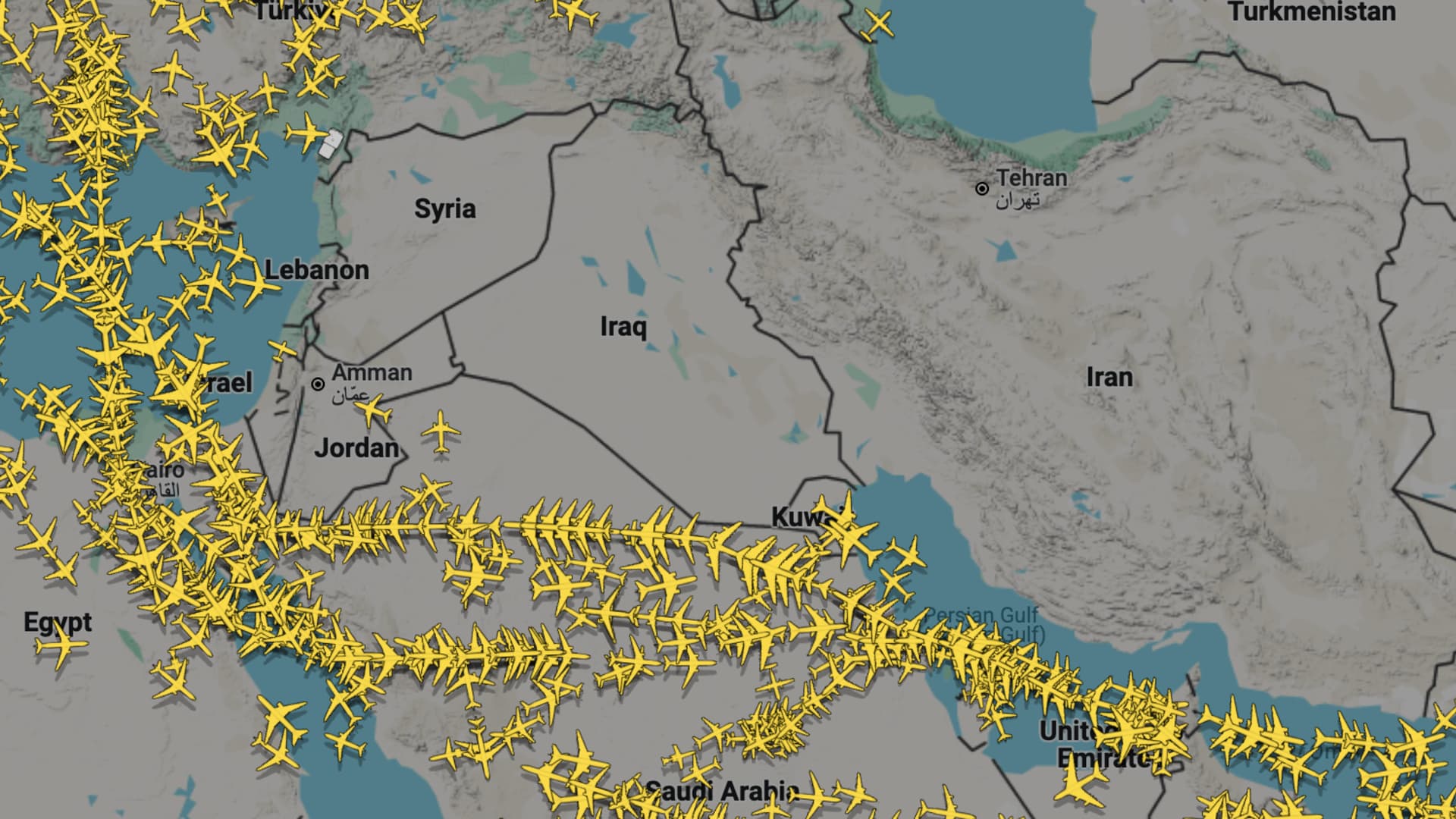The Influence of Israeli Strikes on Middle Eastern Airspace and Airline Operations
Conflict rarely confines itself to the battlefield, and recent Israeli strikes on Iran have vividly demonstrated this by triggering profound disruptions across Middle Eastern civil aviation. The ripples extend far beyond military zones, directly impacting the movement of passengers and goods through some of the world’s busiest air corridors. Understanding these effects reveals not only operational challenges but also the intricate linkages between geopolitics and global connectivity.
Airspace Closures and Flight Disruptions: A New Normal in the Skies
The immediate fallout of military strikes was a sweeping series of airspace closures across several countries. Major corridors threading through Iraq, Jordan, Lebanon, Syria, and Iran abruptly became no-fly zones for commercial aircraft. Even Israeli airspace itself was restricted as its air force engaged in active operations, compounding the scope of closure.
These restrictions meant that airlines had to abandon their usual routes, leading to flight diversions that significantly increased journey distances. Longer routes translate to higher fuel consumption, greater environmental cost, and more challenging flight logistics. Southern air corridors and international alternative routes became critical arteries to sustain global connectivity, though at the price of operational complexity and increased travel time for passengers.
Airlines’ Swift Responses: Safety First Amid Complexity
Faced with sudden airspace restrictions and a heightened security environment, airlines moved rapidly to safeguard their operations. Emirates, the Middle East’s largest carrier, suspended flights to many directly affected destinations such as Iraq, Jordan, Lebanon, and Iran. This represented a major disruption given the airline’s extensive regional reach.
Qatar Airways followed suit by halting flights not only to Iran and Iraq but also Syria and its capital Damascus, reflecting the broad geographic footprint of the tensions. Budget carrier flydubai suspended services to destinations including Amman, Beirut, Damascus, Iran, and Israel, highlighting the widespread impact on regional connectivity.
Israeli carriers like El Al, Israir, and Arkia also confronted disruptions, necessitating route adjustments and cancellations amid the volatile environment. The reverberations reached beyond the Middle East, with major American airlines such as Delta and United Airlines suspending flights to Tel Aviv temporarily, illustrating the global dimension of airline risk calculations amid geopolitical conflicts.
Operational Challenges: Navigating a Volatile Landscape
Any interruption of this magnitude places enormous strain on airline operations. The challenges span logistical, regulatory, and customer relations dimensions.
Flight rerouting presented one of the largest hurdles. For example, airlines like Wizz Air announced explicit rerouting plans to circumvent affected airspace over the next 72 hours. These detours required intense coordination with air traffic control agencies and added substantial costs in fuel and crew deployment.
Transparent and timely communication with passengers became imperative, as cancellations and reroutes invariably provoke frustration and uncertainty. Airlines had to deliver clear updates to preserve customer trust and manage expectations amid a rapidly changing situation.
Compliance with airspace closure mandates underscored the critical relationship between airlines and regulatory authorities. Cooperation with governments and aviation agencies ensured that safety remained paramount and helped facilitate the identification of safe corridors for ongoing flights, maintaining operational continuity where possible.
Regional and Global Implications: More Than a Temporary Disruption
This chain of airspace closures and flight suspensions shines a spotlight on the deep vulnerabilities of commercial aviation to geopolitical turbulence. Beyond immediate operational concerns, the impact can ripple across broader economic and strategic dimensions.
Economically, the Gulf region plays a pivotal role as a crossroads linking Asia, Europe, and Africa. Reduced air traffic threatens to ripple through tourism sectors, international trade channels, and cargo logistics. Prolonged disruption could affect not just airlines but regional economies that depend heavily on air connectivity.
Heightened perception of risk around Middle Eastern airspace may alter the calculus for airlines and passengers alike. Route planning strategies might evolve to prioritize security considerations more heavily, potentially reshaping growth patterns for carriers in the region and pushing traffic toward alternative hubs.
At an industry level, the episode is likely to accelerate advancements in conflict zone risk assessment and response protocols. Improved real-time intelligence integration, more robust crisis management frameworks, and adaptive operational planning stand to become increasingly necessary to navigate an unpredictable security environment.
Charting a Course Through Turbulence: A Resilient Yet Fragile Aviation Ecosystem
The Israeli strikes on Iran have delivered a potent reminder of the delicate balance underpinning modern aviation in geopolitically sensitive regions. The swift cancellation, diversion, and suspension of flights reflect an industry adapting under pressure to protect passengers and crews from escalating risks.
Yet beyond immediate disruptions, these events illuminate the intertwined fates of national security, aviation safety, and regional stability. Looking ahead, the future of Middle Eastern airspace management will hinge on sustained collaboration between airlines, regulators, and governments to negotiate this evolving landscape.
In a domain where every minute matters and every route is vital, the dual imperatives of risk management and operational continuity will serve as the guiding compass. The resilience displayed today lays groundwork, but only continuous vigilance and innovation will ensure that air travel remains safe and reliable—even amid the storms of geopolitical uncertainty.

